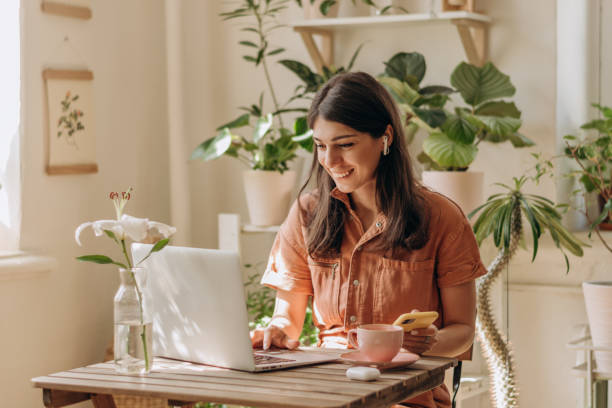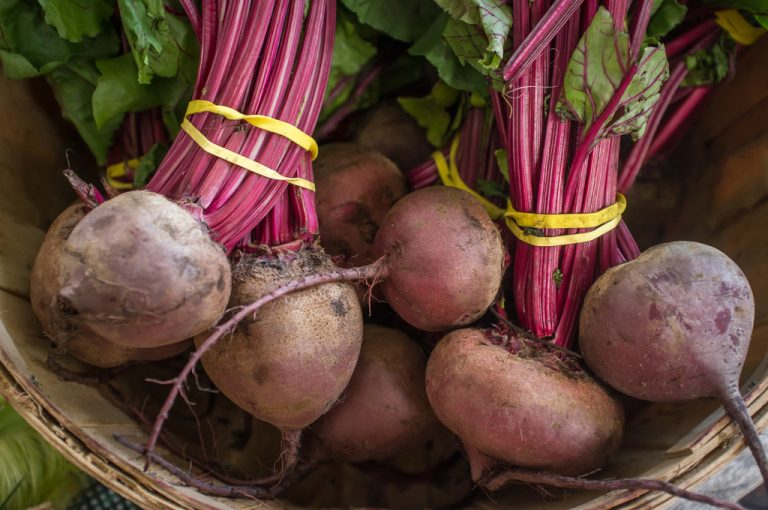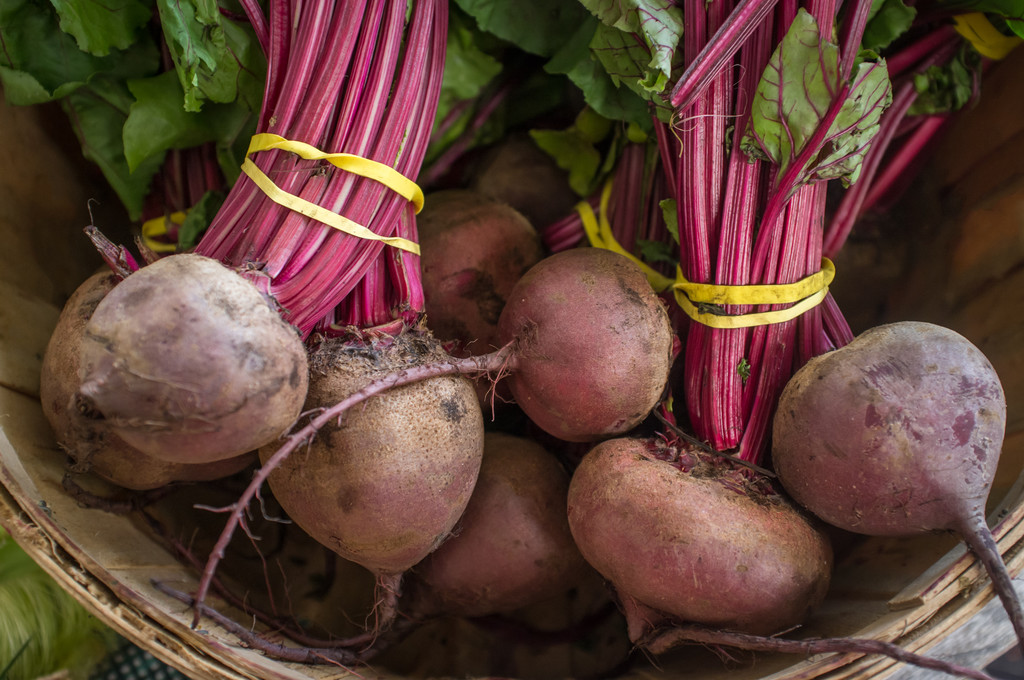Eating healthy: Ayurveda is only good for long-term health, but supports people holistically and provides more life energy. With these simple tips, Ayurveda can be easily integrated into your everyday life.

Ayurvedic Diet: What is Ayurveda?
Ayurveda is an Indian healing art and means “the knowledge of life”. The focus here is on human health – and not on the disease. Ayurveda starts where you can do something for yourself. It’s about your individual constitution and how you can find your physical and mental balance again, for example through nutrition, a certain way of life, but also through your mental attitude to life.
Ayurveda speaks of three different doshas (constitutions): Vata, Pitta and Kapha. The doshas are responsible for the different predispositions or characteristics of a person and they control the physical and mental functions. Each person has different constitutions, which in turn results in an individual, unique combination.
The more balanced you are in your physical and mental constitution, the more life energy you can release. The doshas can also be found in the seasonal cycle. The cold and dryness of winter (Vata). The heat of fire in summer (Pitta). And the dampness and coolness of spring and early summer (kapha). With certain foods, you can not only balance your individual constitution, but also adapt your diet to the seasons in order to gain as much life energy as possible and strengthen your immune system.
Ayurveda: The study of the human constitution – the three doshas of Ayurvedic nutrition
Typical characteristics of Vata (space and air):
Lots of thinking
High creativity
mental flexibility
absent-mindedness
Delicate body
Thin hair and skin
Typical characteristics of Pitta (fire):
High assertiveness and implementation skills
Lots of power and energy
Red hair
freckles
Loud voice
Small eyes, piercing stare
intelligence
Typical characteristics of Kapha (water and earth):
indolence, heaviness
down-to-earth
Quiet
serenity
Fat hair
Big eyes
Loud clear voice
Ayurvedic nutrition in everyday life – these foods strengthen and protect you every day
Healthy eating doesn’t just taste good: With a balanced and wholesome diet, with the right amount and combination of foods, you can make a huge difference in terms of health. The Ayurvedic diet is vegetarian with lots of vegetables and rice and cannot do without spices. Everything is possible, nothing is neccesary! Depending on your taste, tolerance, season and region, you can of course live out your preferences. Regular consumption of the following foods promotes your health and prevents diseases:
honey
almonds
Cashews
sesame
raisins
dates
figs
pomegranate
Grapes
mango
Ginger
cardamom
garlic (cooked)
turmeric
Cinammon
Each food has a specific effect on your body, as well as on the doshas. For example, if you have excess Vata, you can include dates or raisins in your diet to increase your Kapha percentage again. The above foods boost your immune system and are also healthy sugar alternatives.

Classic Ayurveda recommendations to stay healthy and fit
In Ayurveda, health does not only refer to purely physical health, but also includes mind and soul. According to Ayurveda, health is essentially based on nutrition. “Those who eat right don’t need medication,” is the core idea. If you don’t eat properly, medication won’t help. So when you start to nourish your body well, it affects your mental health as well. On the other hand, numerous studies have shown that mental health (a positive attitude towards yourself) also has a beneficial effect on physical health.
You can start with these tips for eating habits:
Eat the right amount: cupping your hands into a cup is roughly the size of your stomach.
Eating regularly and avoiding snacks: A meal takes three to five hours to digest.
Take your time and rest while eating: You absorb the energy you have while eating through your food. So stress is not exactly conducive.
Eat as fresh, high-quality food as possible: the more processed food is, the fewer nutrients it contains and the less healthy it is.
Balanced taste: Sweet, sour, salty, bitter, pungent and tart should be covered throughout the day to reduce cravings.
Correct food combination: Avoid carbohydrates in combination with dairy products.






















